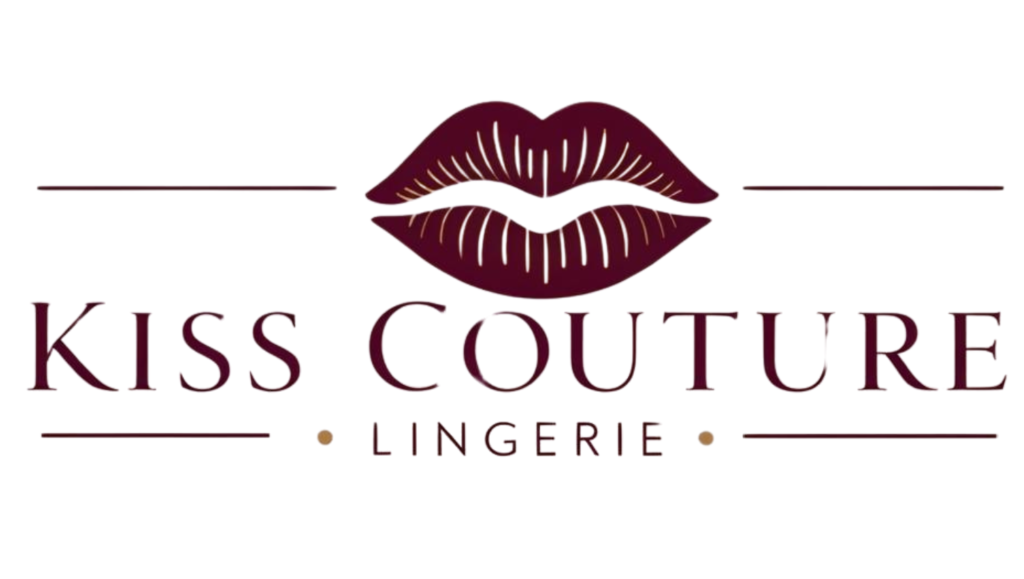2024 showcased a surge in consumer complaints about advertisements, shedding light on evolving industry trends. Among the contentious ads were those featuring lingerie-clad women in Honey Birdette shopfronts, sparking objections from Australian consumers. The Ad Standards received over 4,000 complaints regarding 320 ads, with 88 upheld violations, emphasizing concerns over sexual appeal, nudity, violence, and health and safety in advertising.
While Honey Birdette topped the list of most complained-about businesses, other companies like Apple, KFC, and Paramount also faced scrutiny for their ad content. The prevalence of complaints in sectors like food and beverage, lingerie, entertainment, and gambling underscored the diverse landscape of advertising concerns in 2024.
Notably, a KFC TV commercial depicting a woman exiting a bedroom stirred the most controversy with 69 complaints, followed by a Red Rooster ad featuring a skateboarder stealing chicken, which received 55 complaints. These instances underscored the public’s sensitivity to suggestive or misleading content in advertising.
According to Gayle Kerr, a professor specializing in advertising, companies may perceive complaints as a form of promotion, albeit negative. Adherence to advertising standards is crucial, with breaches potentially resulting in hefty fines under Australian consumer laws enforced by the ACCC.
While the AANA’s code of ethics does not impose financial penalties, businesses found in violation must modify or cease the offending ads to align with community standards. Responsible advertising not only fosters consumer trust but also mitigates the risk of reputational damage and commercial losses.
Changing consumer perceptions have prompted advertisers to pivot towards targeted and personalized advertising strategies, moving away from traditional mass media channels. The rise of influencer marketing has introduced new challenges, with instances of non-disclosure of sponsored content drawing complaints despite a decreasing trend.
Ad Standards’ updated regulations on advertising to children aim to safeguard against promoting unsafe behaviors and inappropriate content. Advertisers are now required to ensure clear distinctions between advertising and content targeting children.
Looking ahead, Professor Kerr anticipates a continued shift towards digital platforms and social media for advertising, driven by a better understanding of consumer behavior and preferences. Brands that maintain strong relationships with consumers can navigate potential controversies and uphold sales despite occasional breaches of community standards.
As the advertising landscape evolves, businesses must adapt to changing consumer sentiments and regulatory frameworks to effectively engage with audiences while upholding ethical standards. The industry’s response to consumer feedback and regulatory oversight will shape the future of advertising practices and industry trends.
📰 Related Articles
- Macquarie Bank’s Home Loan Surge Defies Industry Trends
- Beauty Industry Trends: Innovation, Growth, and Consumer Preferences
- US and Europe Solar Trends Diverge Amid Industry Shifts
- UK’s 2024 Policy Changes Impact International Student Mobility Trends
- Travel Gear Trends: Innovation and Personalization Reshaping Consumer Experiences






